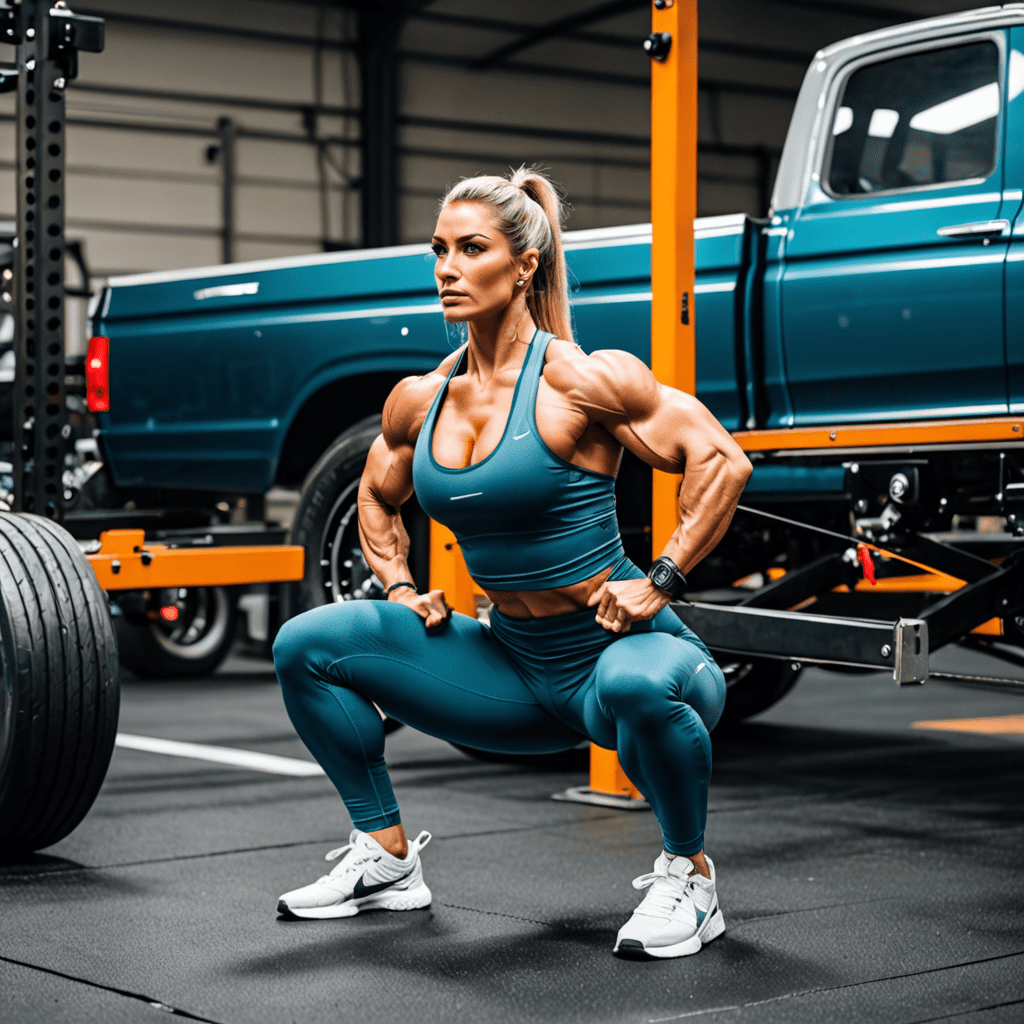
Top Solutions for Correcting Truck Squat When Towing
What is truck squat?
Truck squat is the downward compression of the rear of a truck when towing a heavy load. This can negatively affect the vehicle’s stability, steering, and braking ability, posing safety risks for both the driver and other road users.
Why is truck squat a concern?
Truck squat can lead to various issues:
- Reduced visibility and control of the vehicle
- Inadequate weight distribution, which affects tire traction
- Impaired braking performance
- Increased stress on the suspension and drivetrain components
- Uneven tire wear and premature tire failure
How to fix truck squat when towing
1. Choose the correct hitch setup
Using an appropriate hitch setup can significantly reduce truck squat. Consider using a weight distribution hitch or a sway control system that redistributes the weight evenly across your truck and trailer.
2. Adjust the load distribution
Ensure the weight of your load is properly distributed. Ideally, you want around 60% of the weight in the front of the trailer and 40% in the back. Don’t overload the back of your trailer, as this can cause excessive squatting.
3. Upgrade your suspension
Consider upgrading your truck’s suspension system for improved load-carrying capacity. Options include adding leaf springs, installing airbags, or upgrading to heavy-duty shocks.
4. Install a rear-axle air suspension
A rear-axle air suspension can help maintain a level truck stance when towing heavy loads. It provides additional support and adjustability to counteract squatting.
5. Utilize a weight-distributing hitch
A weight-distributing hitch is designed to distribute the tongue weight more evenly across the axles of the tow vehicle and trailer. This can help reduce truck squat and improve stability.
6. Consider a helper spring or overload springs
Helper springs or overload springs can provide extra support to your truck’s suspension, helping to prevent excessive squatting when towing a heavy load.
7. Consult a professional
If you’re unsure how to fix truck squat or if you’re experiencing severe squatting issues, it’s best to consult with a professional mechanic or towing expert. They can assess your specific situation and recommend the most appropriate solutions.
Frequently Asked Questions
Q: Can truck squat affect my vehicle’s handling?
A: Yes, truck squat can lead to reduced vehicle stability and control. It can affect steering responsiveness, braking performance, and tire traction, potentially causing accidents or difficulty maneuvering.
Q: Are there any legal restrictions on truck squat?
A: Some regions have specific laws or regulations regarding truck squat and maximum load limits. It’s essential to comply with these regulations to ensure road safety and avoid penalties.
Q: Can a weight-distributing hitch eliminate truck squat completely?
A: While a weight-distributing hitch can help reduce truck squat, it may not eliminate it entirely, especially when towing extremely heavy loads. It’s essential to consider other solutions such as suspension upgrades or load distribution adjustments.
Q: Do I need to make any adjustments when towing lighter loads?
A: Even when towing lighter loads, it’s still crucial to ensure proper weight distribution and prevent excessive squatting. Adjustments may be necessary depending on the weight and size of the load.